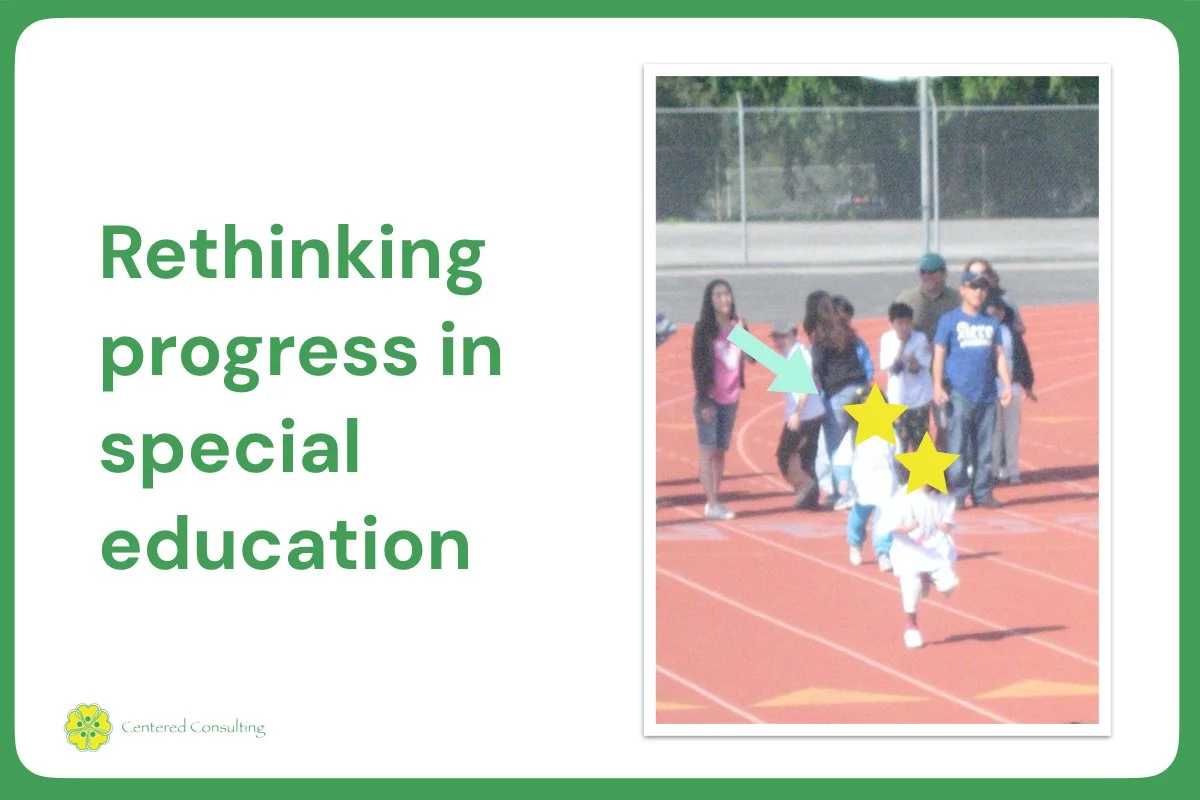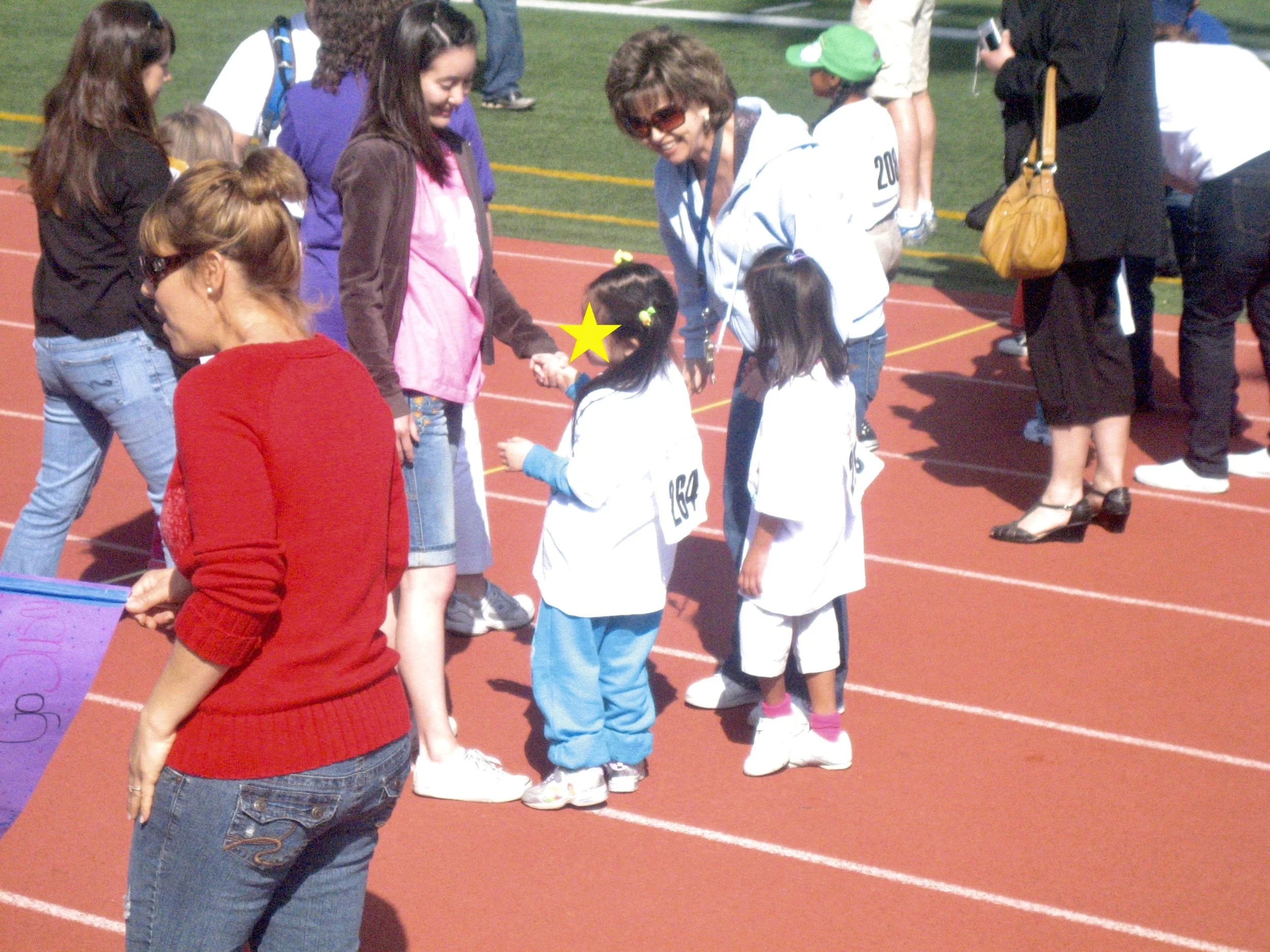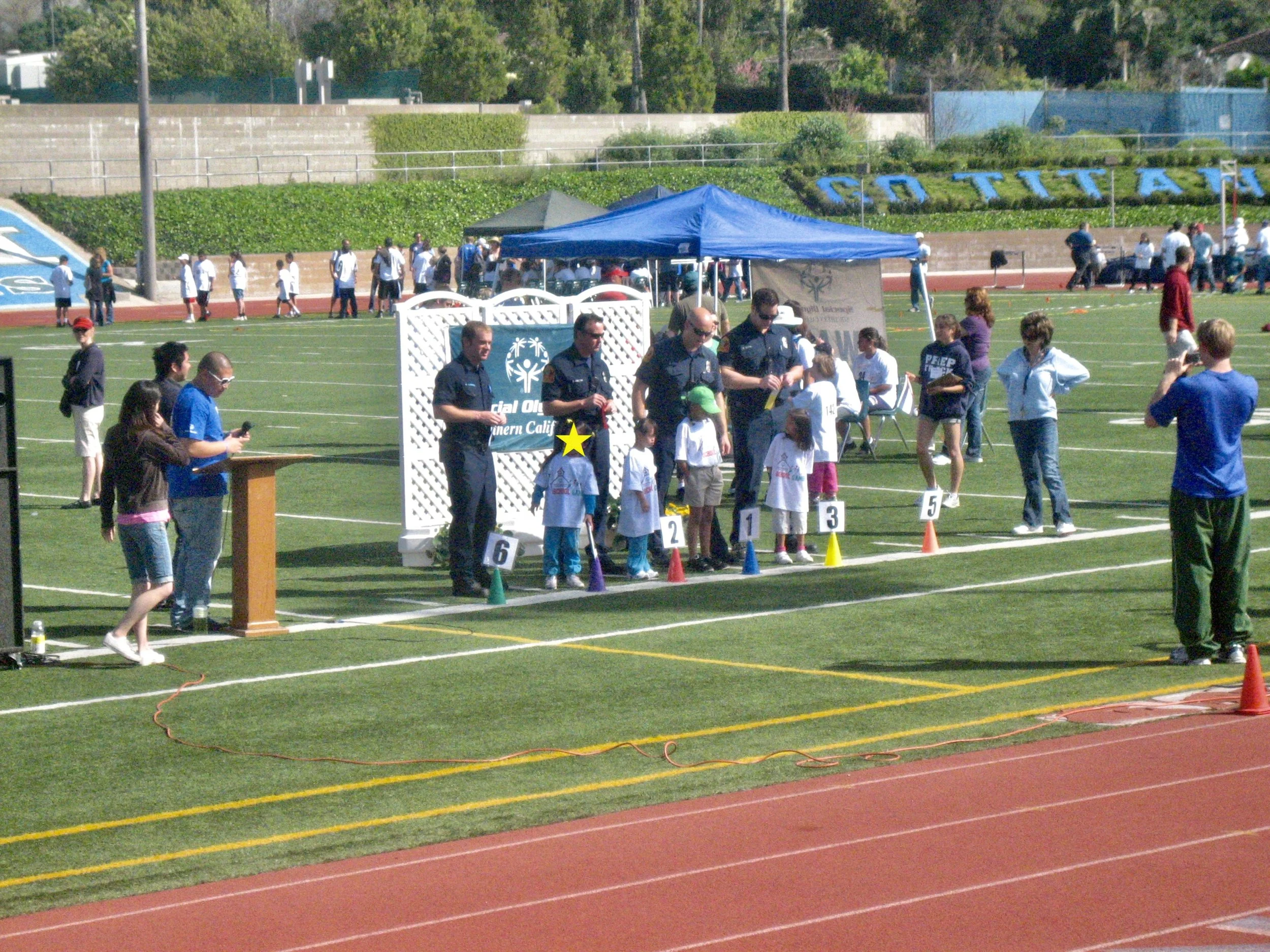Everything I needed to know about friendship I learned from a kindergartener
Ariel saunters down the track.
As special educators we prioritize keeping our students on track to meet a goal. It’s what we’re trained to do. But sometimes, when we support our students’ priorities, they perform and grow at their own pace. For Ariel, placing last in a race meant placing first in being a good friend.
As I wrapped up my first year as a special educator, our classroom took a trip to the local Special Olympics. Ariel and the other students—nay, athletes—had been practicing their event with the Adapted Physical Education teacher for weeks. There was an excited buzz in the air.
Ariel and I walked through the various events to cheer on classmates. She was quieter than usual compared to the little chatterbox she’d become—something was on her mind. By the end of the morning, it was time for her big event: the 25m sprint.
No, you didn’t misread that. The race was a total of 80 feet. In all fairness, she was barely 3 feet tall, so that was a long way.
Ariel and I made our way to the starting line. She knew the drill: run when I say, “Go!” She loved running. She would laugh and scream with excitement. I was ready to watch her fly. I’d sized up the cute competition and was feeling pretty confident. The flag was waved, multiple adults yelled out, and the kids took off! Well, three of them did.
Pep talks with the athletes before the big event.
To all our surprise, Ariel didn’t run. Instead, she walked. Unbothered by all the commotion and cheering, she strolled confidently down that track. When she finally reached the finish line, she looked back at me beaming.
I made my way over to her, and she said, “My friend won!” It became clear to me at that moment: Ariel had walked so her friend could run ahead of her.
Ariel had made a decision. She’d known what she needed to do. She needed to lose so her best friend could win. She took fourth place and was as happy as could be about it. After finishing the race in last place, Ariel hugged her best friend with a smile that stretched from one pigtail to the other.
As educators, we shouldn't think of student success as a race
As I reflect back on that race now, it reminds me of a metaphor a speech pathologist used to share in IEP meetings. She would liken norm-referenced assessments—assessments that compare a child’s scores to their grade-level peers—to a race.
She would ask parents to picture 100 children running a race. Children who scored in the 98th percentile would finish the race the fastest. And children who scored in, say, the 8th percentile would finish the race among the last few.
But, thanks to Ariel, I think about races a little differently. She wasn't finishing behind anyone else. She was running her own race.
I’ve realized that there are some moments in life when coming in last is the right thing to do. Finishing last that day was certainly a win for Ariel. Students, especially those with special needs, are constantly being assessed. Their performance is always being analyzed.
As special educators, we use assessments and performance as indicators of how much progress a student is making toward skill development. But, what if we let them perform how they wanted to? Ariel chose to perform as a good friend instead of performing as a runner.
The awards podium.
Throughout my career in special education, moments like this have instilled in me: students always know what they need—we just have to listen. A child-centered approach gives us the opportunity to tune into what a child really needs and helps identify their unique strengths to help them thrive. It’s a valuable approach that I’ve seen work as an administrator and teacher—and it is essential to my consultation work with families.
Each year as graduation season rolls around, I find myself thinking about my students. Three years ago, I attended a high school graduation. The students graduating that afternoon were the first I’d ever taught—15 years ago. Ariel was one of them. I was a proud and tearful mess.
After the ceremony, I spotted Ariel’s family heading to their car. I ran over hoping Ariel was with them. Her mom gave me a big hug, and when I asked where Ariel was, her mom laughed and said, “She took off as soon as the ceremony ended. She said she needed to get home to watch the next episode of Stranger Things!”
Her mom shook her head and smiled. I laughed in response, said my goodbyes, and walked away feeling overwhelmingly proud. She still knew exactly what she needed.
If you find yourself needing support or tools for helping students to thrive, or if you’d like more information on training to run 80 feet (I promise it felt so much longer at the time), feel free to send me a message so we can chat!
Stay centered out there, friends.
Mischa



